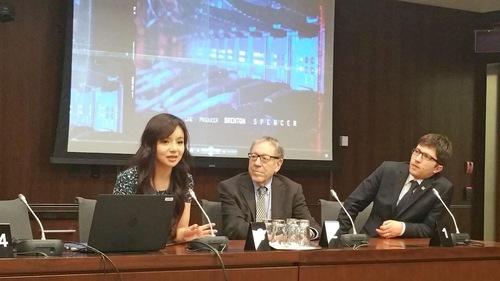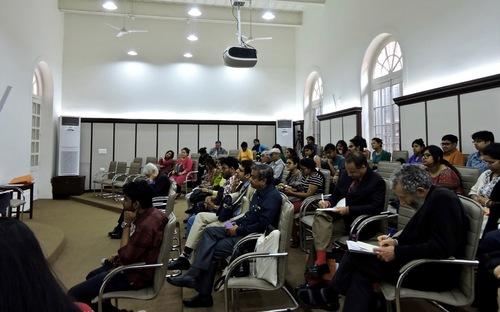In the world of therapy, cures often resemble vaccines, but in reverse. Vaccination works by injecting a person with a weak form of the virus to instill immunity for a disease. In therapy, patients are often guided to experience weaker forms past traumas or general fears.
For problems caused by a past traumatic experience, patients are often encouraged to simulate certain elements of the event that triggered their fear.
Now, researchers are using game engines to construct virtual reality scenarios that simulate those past traumatic events as a form of exposure therapy, which are experienced through virtual reality (VR) headsets such as the Oculus Rift.
Before the Millennium
VR therapy has been around since the 1990s, although recent technological breakthroughs in VR engines and the emergence of companies like Oculus have fueled a renaissance in the field.
“In the early ‘90s you had the first wave of virtual reality—a lot of vision but not enough technology, the equipment wasn’t really there,” said Albert Rizzo, a professor of psychiatry at the University of Southern California. Rizzo has worked with and done research on VR engines for therapeutic purposes for more than two decades.
Even in VR therapy’s earliest days, treatments already existed for acrophobia—the technical term for fear of heights—which, although crude, often got the job done. The VR machine would simulate the view of looking downward while standing in a glass elevator, and patients would find their fear of heights ameliorated afterward.
“If you look at the early stuff, you'd never mistake it for the real thing, but people still reacted to it as if it was [real], back in 1995,” Rizzo said.
Since then, more sophisticated VR scenarios have been developed, offering treatment for war veterans that suffer from post-traumatic stress disorder (PTSD) that seeks to emulate the sights, sounds, and even the smell of war.
A 1999 study of the effects of a Virtual Vietnam program found that 34 percent of patients experienced a decrease in clinical-rated PTSD after being exposed to simulations of a Huey helicopter in Vietnam and a clearing in the jungle. An open clinical trial for a Virtual Iraq program conducted a decade later found that 16 out of the 20 participants no longer met the military criteria for PTSD after the therapy.






